How Long Will An Energy Source Last Us?
Key Notes:
How Long Will an Energy Source Last Us?
Introduction
- The longevity of an energy source depends on its availability, rate of consumption, and whether it is renewable or non-renewable.
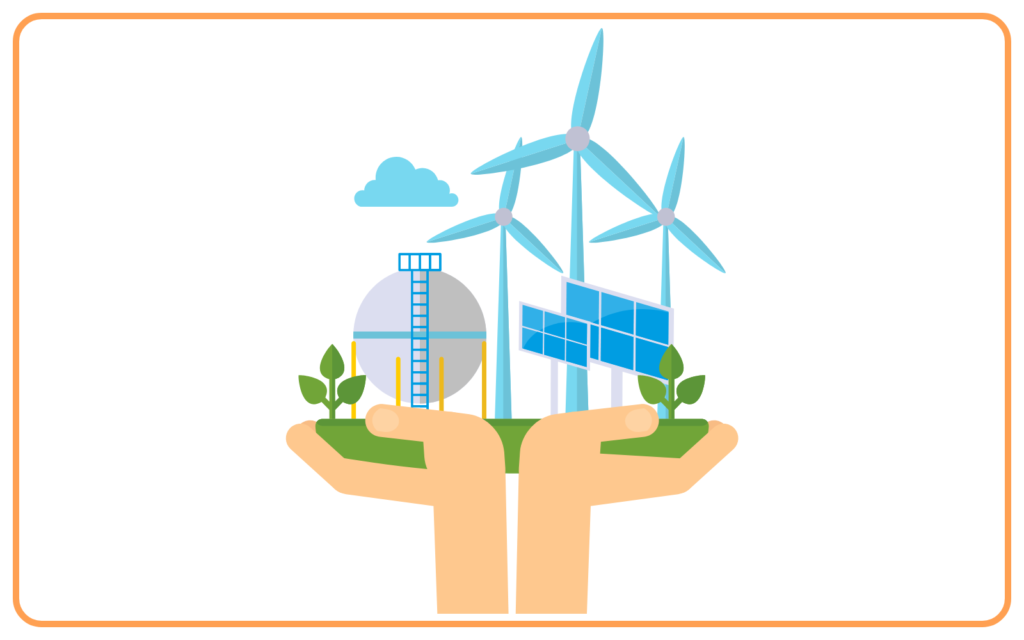
- Non-renewable energy sources like fossil fuels are finite, while renewable energy sources like solar and wind are replenished naturally and can last indefinitely if managed properly.
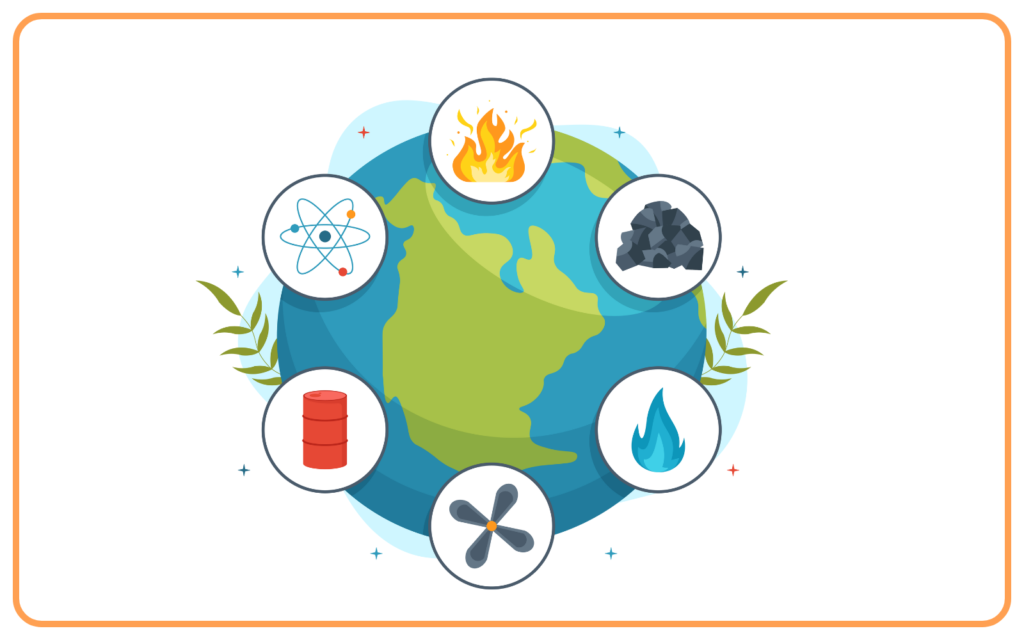
Types of Energy Sources
Energy sources are generally classified into two categories:
A. Non-Renewable Energy Sources
- Non-renewable energy sources are finite and take millions of years to form. Once used, they cannot be replaced within a human lifetime.
- Fossil Fuels (coal, oil, natural gas)
- Formation: Fossil fuels are formed from the remains of dead plants and animals over millions of years.
- Consumption: Fossil fuels are widely used for electricity generation, heating, transportation, and industrial purposes.
- Estimated Lifespan:
- Coal: Can last for about 100-200 years depending on the rate of consumption.
- Oil: Can last for about 50-100 years depending on consumption rates.
- Natural Gas: May last for 50-100 years.
- Environmental Impact: Burning fossil fuels leads to air pollution, global warming, and habitat destruction.
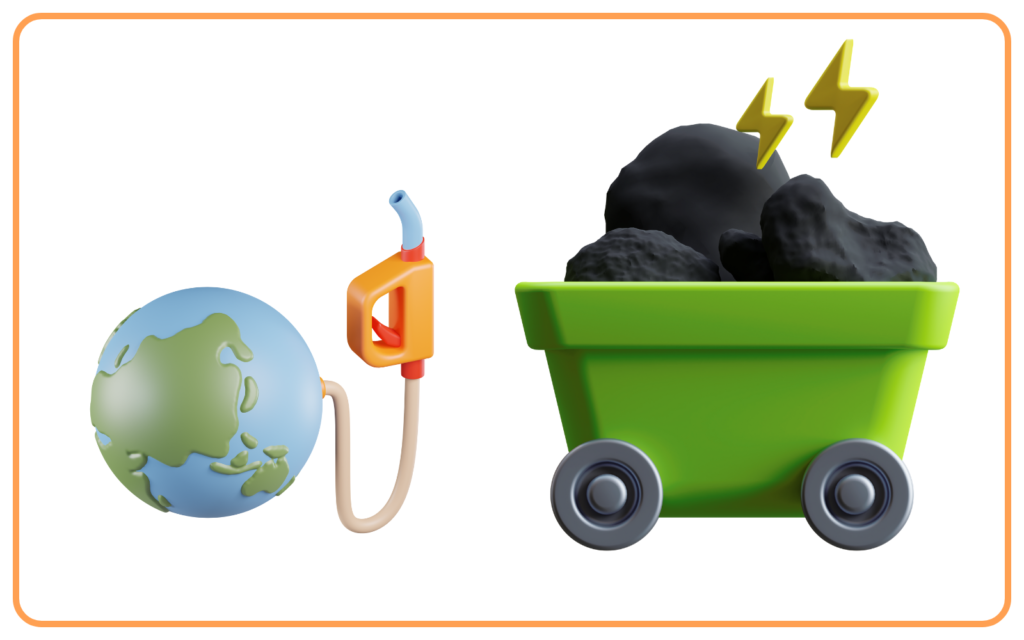
- Nuclear Energy
- Nuclear power relies on uranium, a limited resource, to produce energy.
- Estimated Lifespan: Uranium reserves may last for about 50-100 years.
- Environmental Impact: Nuclear energy produces radioactive waste, which can remain hazardous for thousands of years.
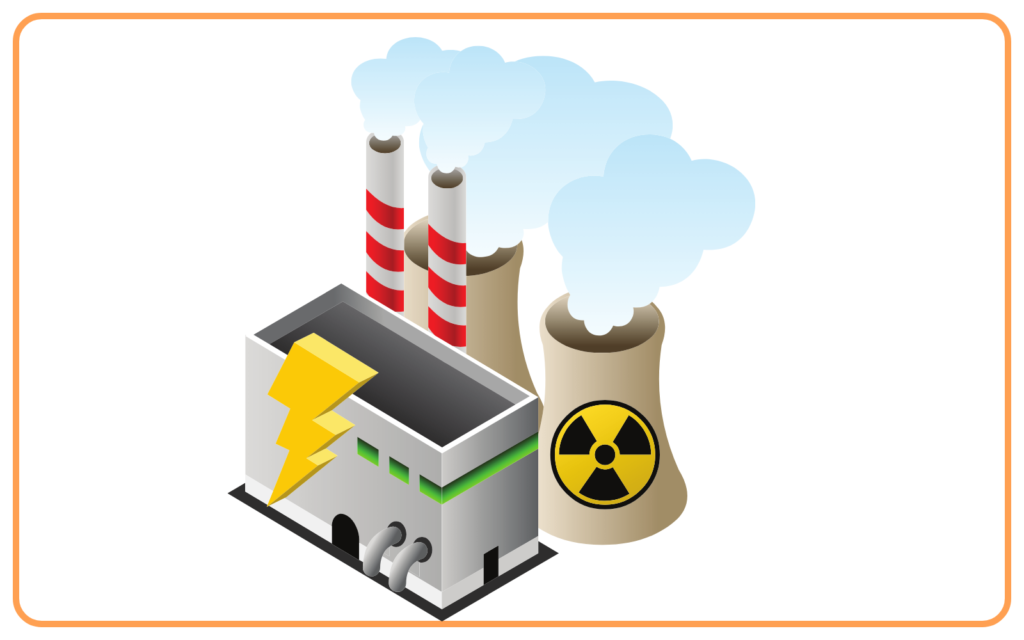
- Fossil Fuels (coal, oil, natural gas)
B. Renewable Energy Sources
- Renewable energy sources are those that are naturally replenished over time and will not run out as long as there are natural processes to regenerate them.
- Solar Energy
- Source: The sun provides an enormous amount of energy, and this energy can be harnessed through solar panels.
- Longevity: Solar energy is virtually infinite and will last as long as the sun exists (approximately 5 billion years).
- Sustainability: Solar panels have a typical lifespan of 25-30 years, but the source itself is renewable indefinitely.
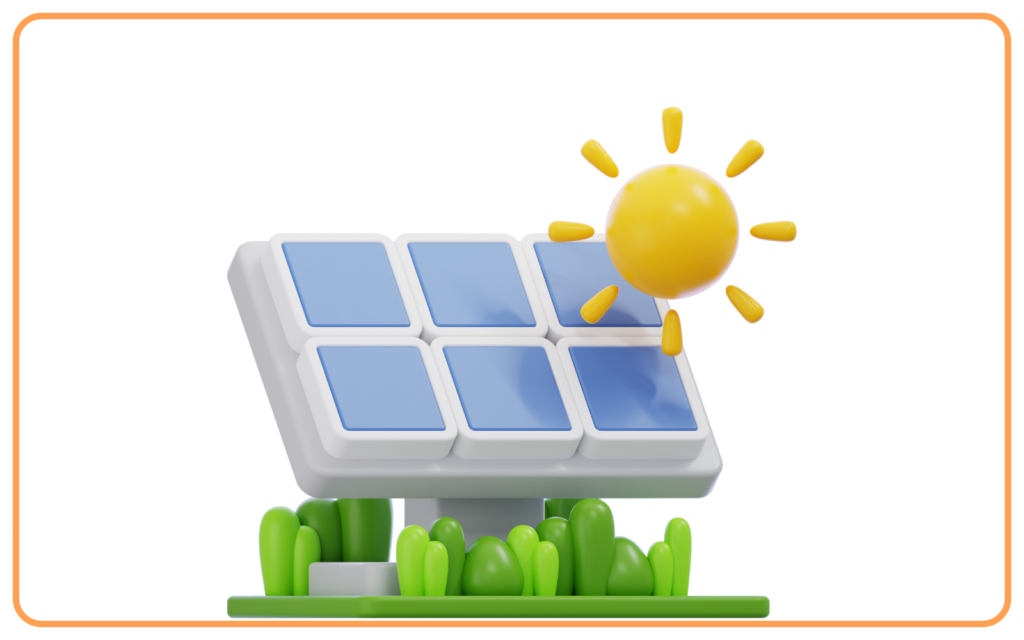
- Wind Energy
- Source: Wind energy is harnessed using wind turbines.
- Longevity: Wind energy will last as long as the wind blows, which is indefinitely.
- Sustainability: Wind turbines typically last for about 20-25 years, but the resource is inexhaustible.

- Hydropower (Hydroelectric Energy)
- Source: Water flow from rivers, dams, and oceans is used to generate energy.
- Longevity: Hydropower is renewable as long as water cycles continue.
- Sustainability: Hydroelectric power plants can last for 50-100 years, but local environmental changes (e.g., droughts) can affect availability.

- Geothermal Energy
- Source: Geothermal energy comes from heat stored beneath the Earth’s surface.
- Longevity: Geothermal energy can last for several centuries as long as geothermal reservoirs are managed properly.
- Sustainability: The availability depends on location and the technology used, but it can be a reliable source in areas with geothermal activity.

- Biomass Energy
- Source: Biomass energy comes from organic materials such as wood, agricultural residues, and animal waste.
- Longevity: The sustainability of biomass energy depends on proper land management and ensuring that plants are regrown and waste is replenished.
- Sustainability: Biomass can be renewable if managed properly, but it requires constant input from agricultural or forestry systems.

- Solar Energy
Factors Affecting the Longevity of Energy Sources
- Rate of Consumption: Higher consumption rates deplete non-renewable sources faster, leading to earlier depletion.

- Technological Advancements: Innovations in energy-efficient technologies and alternative energy can help conserve existing resources and extend their lifespan.

- Population Growth: As global population increases, the demand for energy rises, which can lead to quicker depletion of non-renewable sources.

- Energy Efficiency: More efficient energy use (e.g., using LED bulbs, electric cars, etc.) can reduce the overall consumption of energy resources.
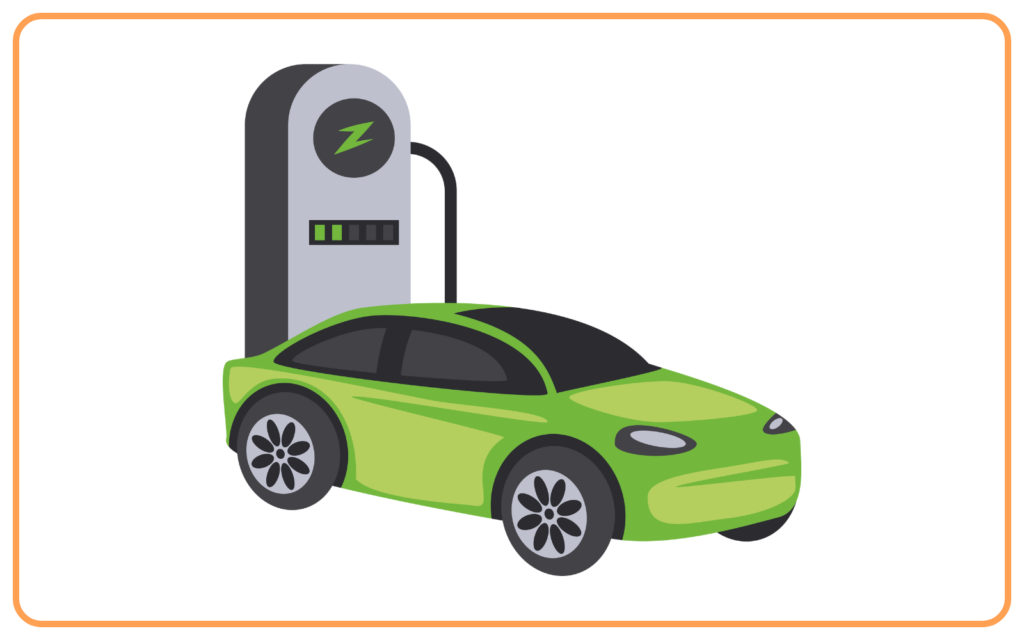
- Conservation Efforts: Switching to renewable energy sources and reducing waste can help ensure energy sources last longer.
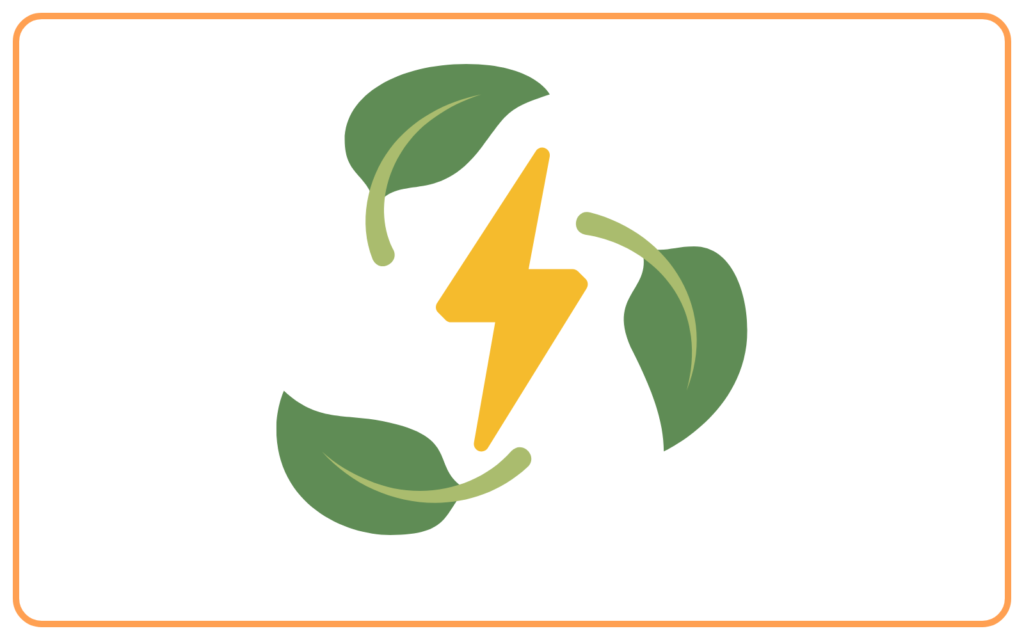
How Long Will Non-Renewable Sources Last?
- Non-renewable energy sources are being consumed at a rapid pace, and current projections show that if the rate of consumption continues:
- Coal may last for 100-200 years.
- Oil may last for 50-100 years.
- Natural gas may last for 50-100 years.
- Uranium (for nuclear power) may last for about 50-100 years.
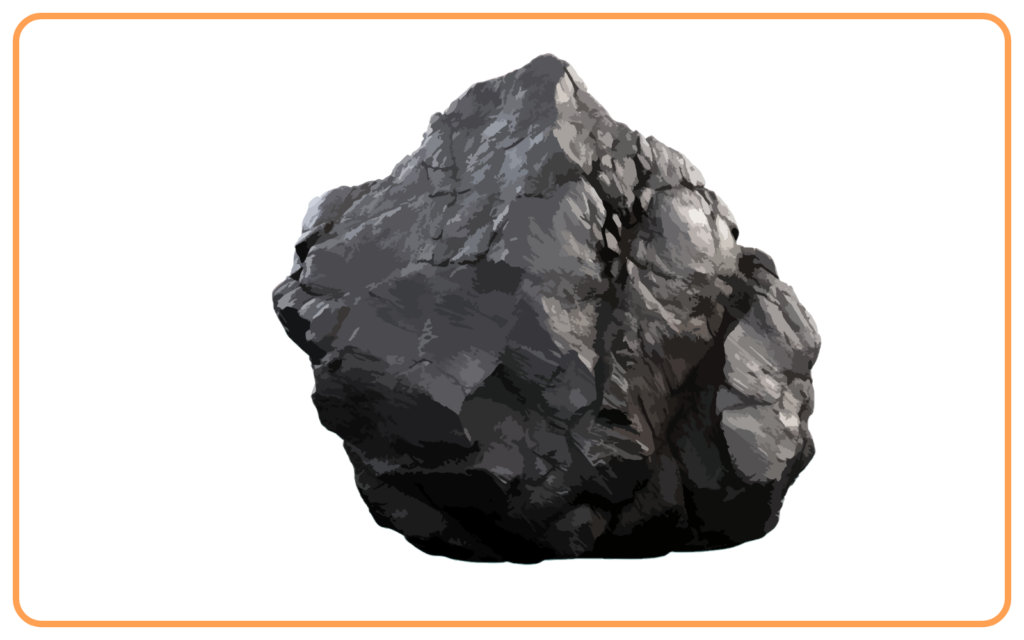
- However, the shift to renewable energy is crucial to extend the availability of resources and reduce the environmental impact.
Renewable Energy Sustainability
- Solar, wind, and hydropower are renewable sources that can provide energy indefinitely, but their availability can be affected by local conditions:
- Solar: Dependent on geographic location and time of day (clouds, night-time).
- Wind: Dependent on wind patterns and geographic location.
- Hydropower: Affected by seasonal water availability and climate change.
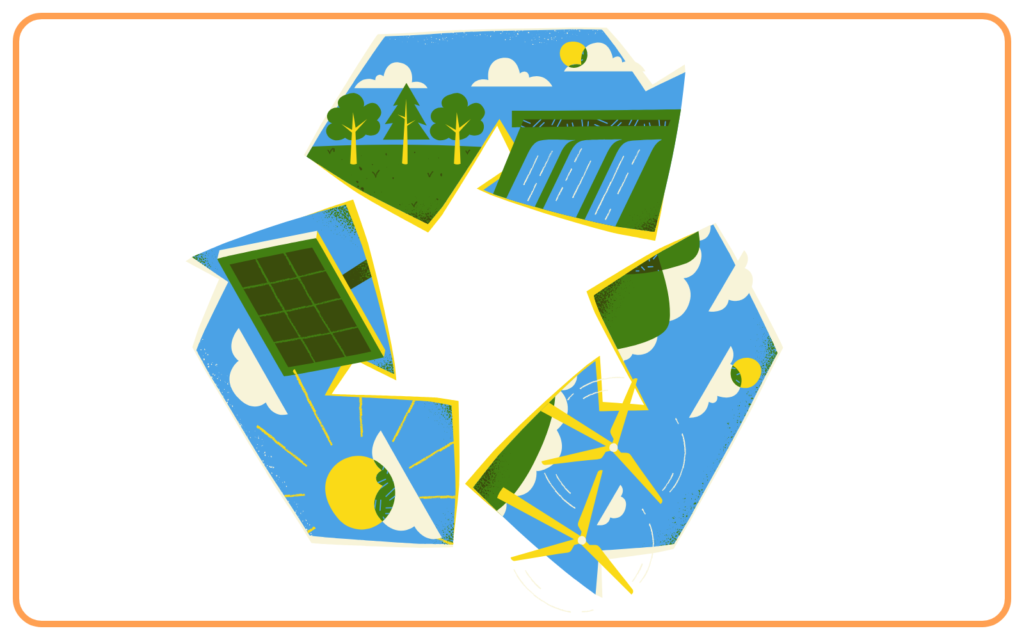
Conclusion
- Non-renewable energy sources like fossil fuels and uranium are finite and will eventually be depleted unless consumption is reduced or alternative sources are developed.
- Renewable energy sources such as solar, wind, and hydro have the potential to provide energy for the long term, with sustainability depending on technology, location, and management.
- Transitioning to renewable energy and improving energy efficiency are key steps to ensure energy availability for future generations while reducing environmental harm.
Let’s practice!

